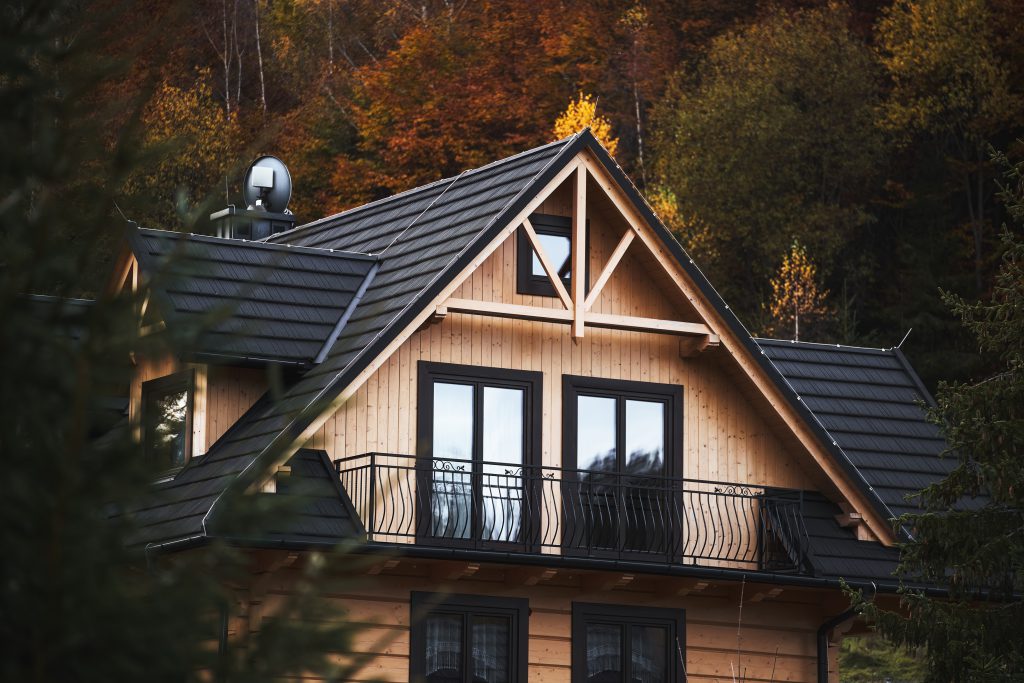What to Look for in Durable Roofing Materials
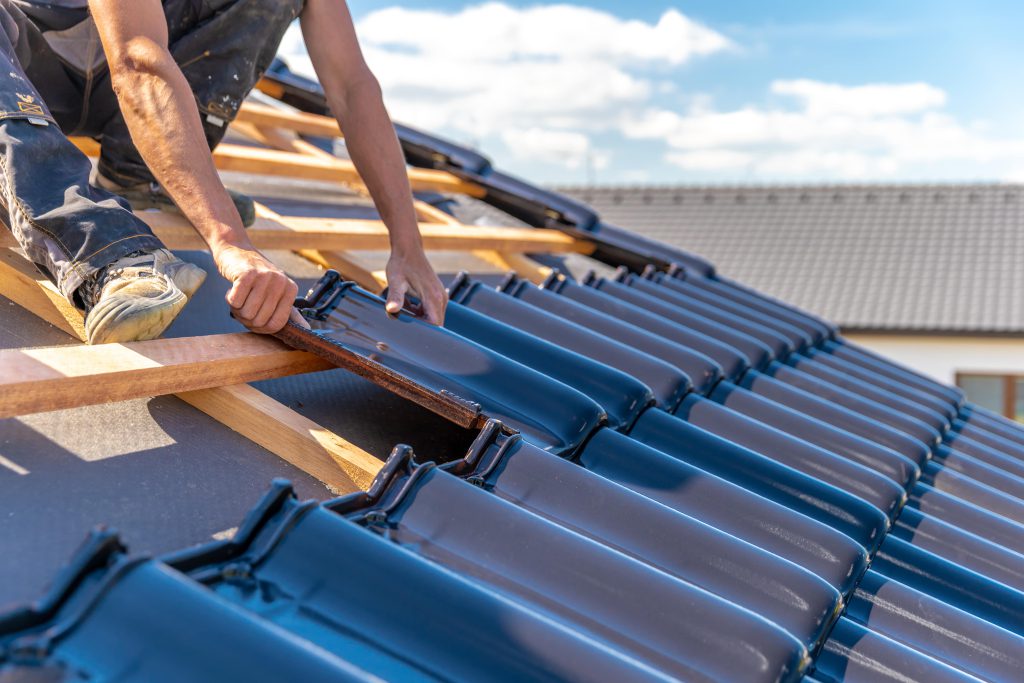
Choosing durable roofing materials is essential for protecting your home from weather elements and ensuring long-term performance. This guide will help you understand the key factors to consider when selecting the best roofing materials for your home.

Material Options
Different roofing materials offer various benefits and levels of durability. Here are some popular options:
Asphalt Shingles
Asphalt shingles are the most common roofing material due to their affordability and ease of installation. High-quality asphalt shingles can last up to 30 years and are available in a range of colors and styles.
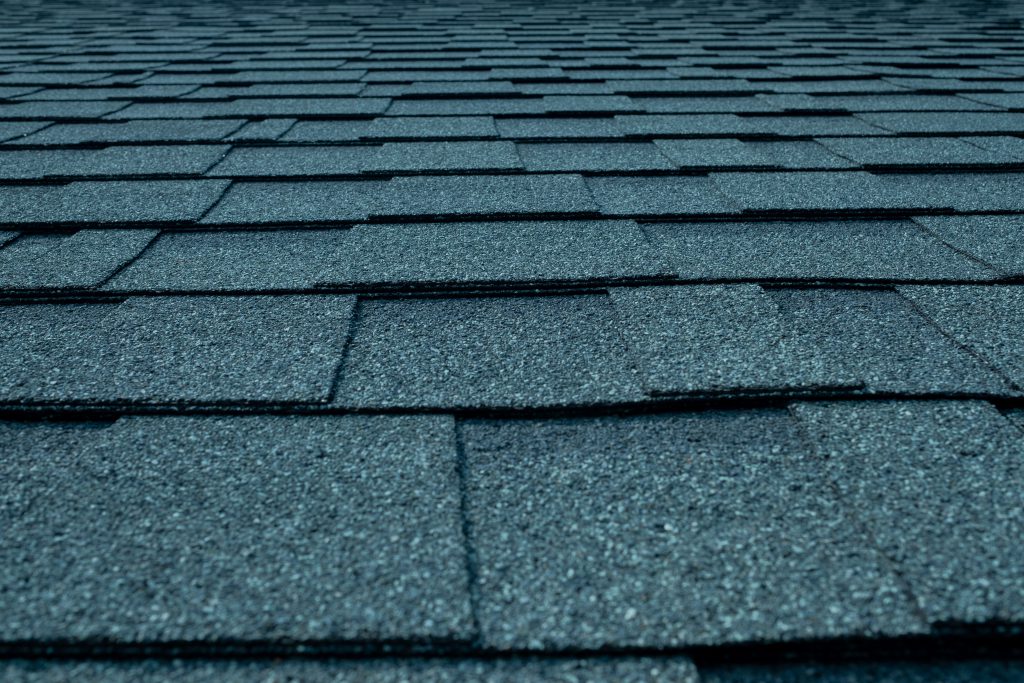
Metal Roofing
Metal roofing is durable, fire-resistant, and can last 50-70 years. It is available in various materials, including aluminum, steel, and copper, and can be designed to mimic other roofing styles.

Tile Roofing
Tile roofing, made from clay or concrete, offers a classic look and can last over 50 years. It is resistant to fire, insects, and rot, but requires a strong structural framework due to its weight.
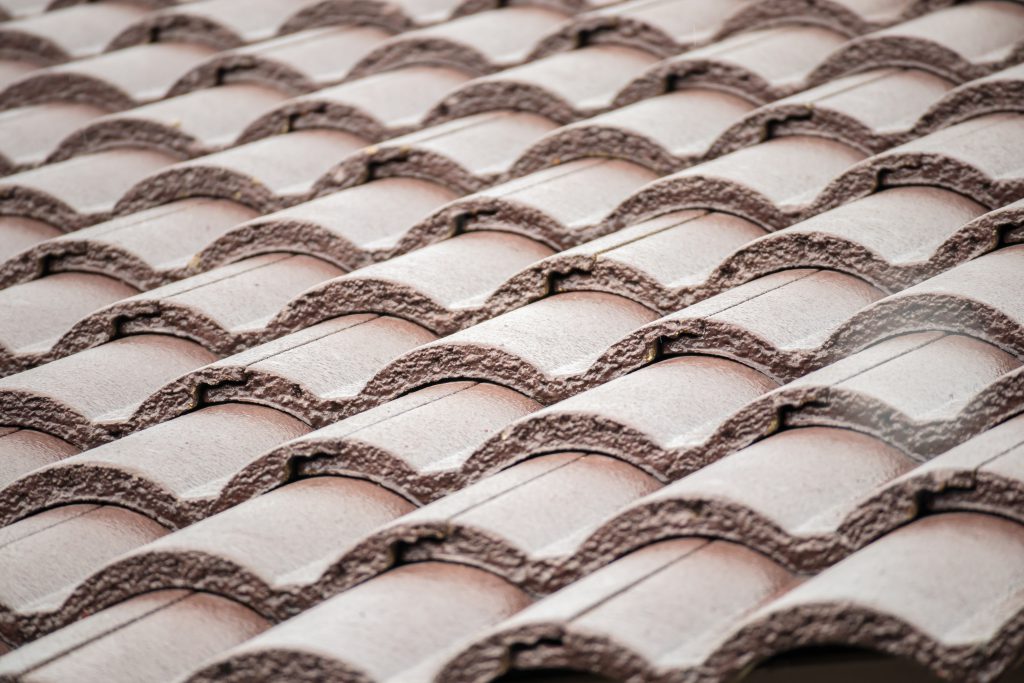
Slate Roofing
Slate roofing is one of the most durable options, with a lifespan of 75-100 years. It is resistant to fire and weather but is expensive and heavy, requiring reinforced roofing structures.
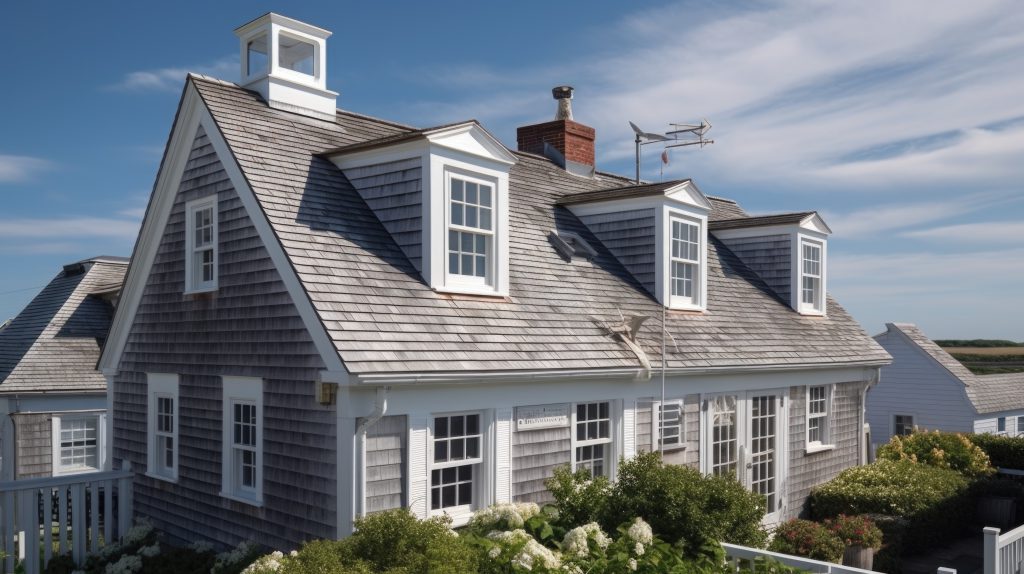
Wood Shingles and Shakes
Wood shingles and shakes provide a natural look and can last 30-50 years if properly maintained. They require regular maintenance to prevent rot and insect damage and are not recommended for fire-prone areas.

Durability Factors
Consider the following factors to ensure the durability of your roofing materials:
Weather Resistance
Choose materials that can withstand the climate in your area. For example, metal roofing performs well in extreme weather conditions, while clay tiles are suitable for hot, dry climates.
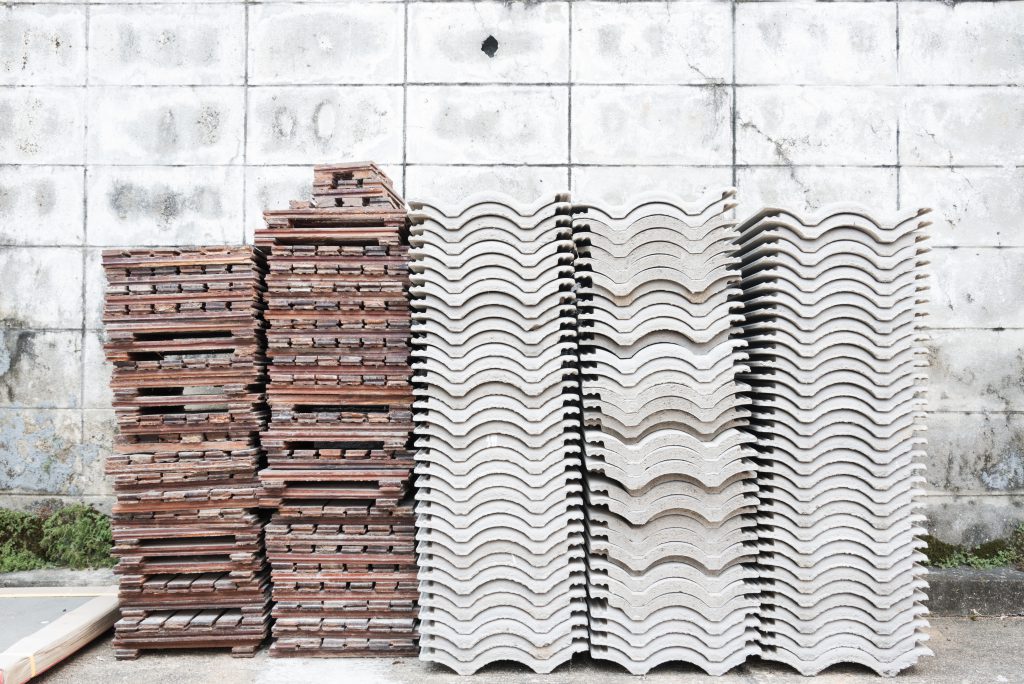
Lifespan
The lifespan of roofing materials varies widely. Opt for materials that offer the longest lifespan within your budget to minimize future replacement costs.
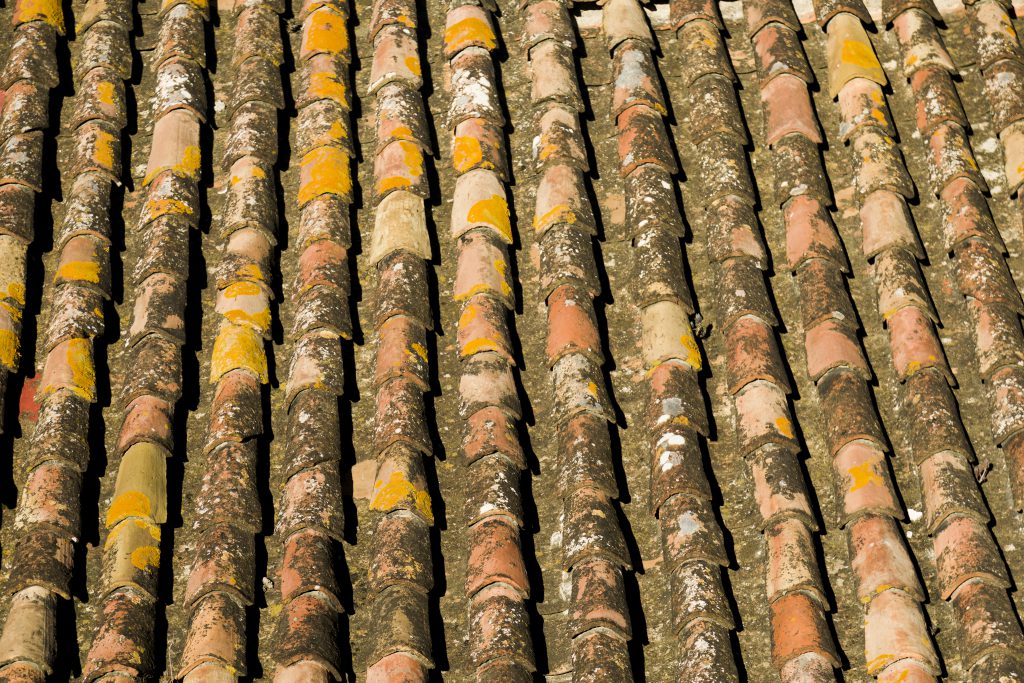
Impact Resistance
If you live in an area prone to hail or falling debris, consider impact-resistant materials like metal or high-quality asphalt shingles.

Fire Resistance
Fire-resistant roofing materials, such as metal, tile, and slate, provide added protection, especially in fire-prone regions.

Maintenance Requirements
The level of maintenance required varies between roofing materials. Low-maintenance options include metal and slate, while wood shingles and shakes require more frequent upkeep.

Aesthetic Appeal
Choose roofing materials that complement your home’s architectural style and enhance its curb appeal. Consider the color, texture, and overall look you want to achieve.

Cost
Your budget will significantly influence your roofing material choice. Asphalt shingles and metal are generally more affordable, while slate and tile can be more expensive. Factor in both the initial cost and long-term maintenance expenses.

Environmental Impact
If sustainability is important to you, consider eco-friendly roofing options. Materials like metal and clay tiles are recyclable, and some asphalt shingles are made from recycled content.

Warranty
A good warranty indicates the manufacturer’s confidence in their product. Look for roofing materials with comprehensive warranties that cover both materials and installation to protect your investment.

Installation
Proper installation is crucial to ensure the performance and longevity of your roofing materials. It’s often best to hire a professional installer with experience in the specific material you choose.
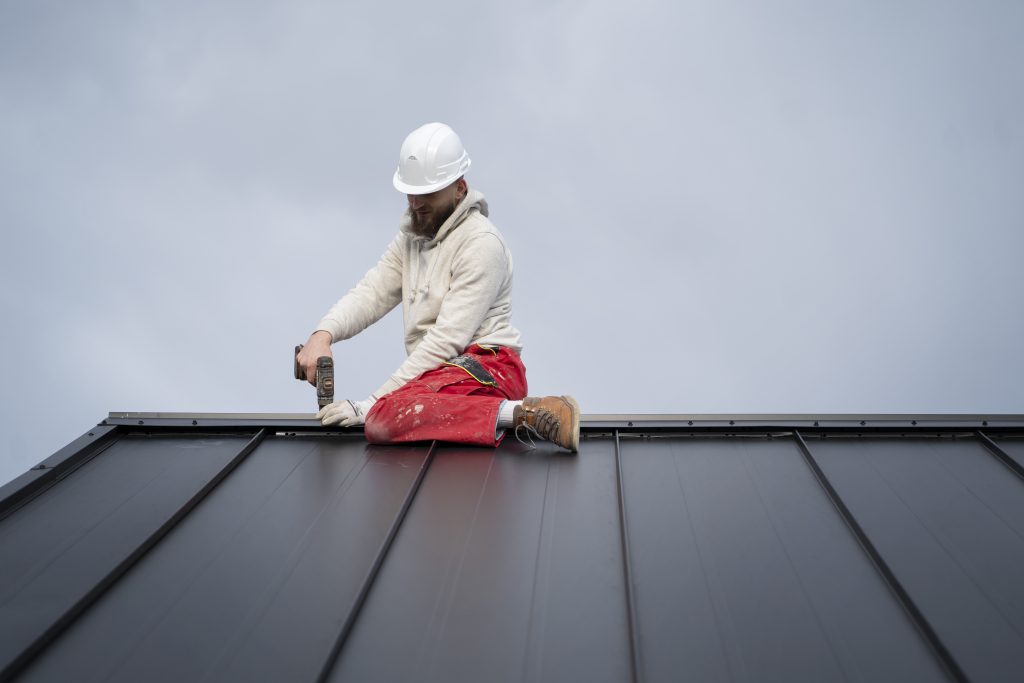
Conclusion
Choosing the best roofing materials involves balancing factors like material type, durability, weather resistance, maintenance, aesthetic appeal, cost, environmental impact, and warranty. By considering these key elements, you can select roofing materials that protect your home, enhance its beauty, and fit your budget. Whether you prefer the classic look of slate, the durability of metal, or the affordability of asphalt shingles, the right roofing materials will ensure long-lasting performance and curb appeal.
